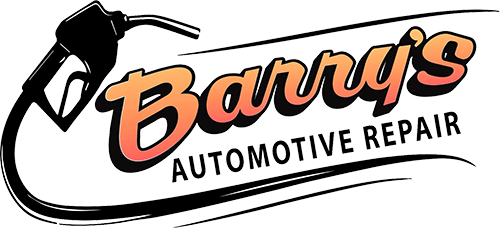FAQs
Barry's Automotive Repair
Have an automotive repair or service-related question? We have the answer. Check out these FAQs and call or text us today for more information!
-
What is the recommended interval for conventional oil?
Most manufacturers advise changing conventional oil every 3,000 to 5,000 miles, or every 3 to 6 months, depending on your driving habits. Regular oil changes help maintain engine performance and extend the life of your vehicle, so sticking to this schedule is important for keeping everything running smoothly.
-
How often should I change synthetic oil?
If your vehicle uses synthetic oil, you typically have more time between changes compared to conventional oil. It's generally recommended to change synthetic oil every 7,500 to 10,000 miles or every 6 to 12 months. Synthetic oil offers better engine protection, especially in extreme temperatures or demanding driving conditions, so it allows for longer intervals between changes.
-
How can I schedule an appointment?
Scheduling an appointment is easy and convenient. You can give us a call, send an email, or even text us. We’ll work with you to find a time that fits your schedule and gets your vehicle the care it needs.
-
Are your technicians certified?
Yes, at Barry's Automotive Repair, our technicians are ASE-certified! This certification ensures they are knowledgeable and skilled in automotive service, giving you confidence that your vehicle is in expert hands.
-
Can I wait while my car is being serviced?
Yes, in most cases, you are welcome to wait while your car is being serviced. We have a comfortable waiting area for your convenience, and for routine services, your vehicle should be ready quickly.
-
What is tread depth and how does it affect my tires?
Tire tread depth plays a critical role in your vehicle's grip and overall safety, especially in wet or slippery conditions. Tread depth is measured in 32nds of an inch, and once it wears down to 2/32 of an inch, it’s time to replace your tires. A simple way to check is with the penny test: place a penny in the tread grooves with Lincoln's head facing down — if you can see the top of his head, your tread is too worn and the tires need replacing.
Learn More About Barry's Automotive Repair
Locations in Lancaster, Lititz, and Ephrata, PA. Barry's Automotive Repair specializes in state inspections, comprehensive auto repair services, and ethanol-free gas. 10% off auto repairs for first-time customers. Emergency towing services are available. Free same-day estimates. Contact us to schedule a service.

Share On: